Xi Jinping’s Seating Plans Signal Who Has Beijing’s Favor
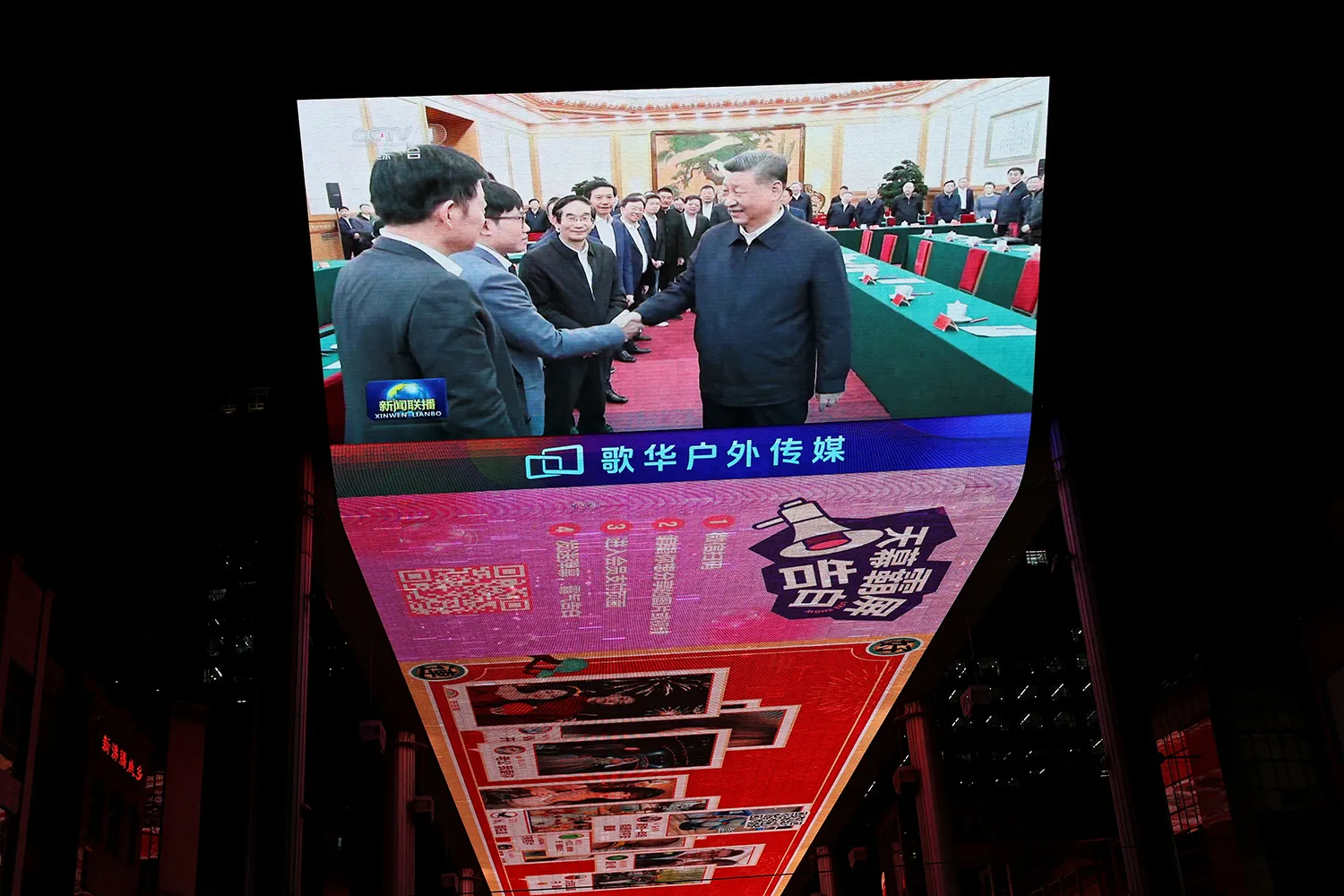
Analysis
Xi Jinping’s Seating Plans Signal Who Has Beijing’s Favor
A carefully choreographed meeting with CEOs shows party priorities.
A screen shows news footage of Chinese President Xi Jinping shaking hands with DeepSeek founder Liang Wenfeng during a symposium in Beijing on Feb. 17. Florence Lo/Reuters
Chinese President Xi Jinping’s rare and meticulously choreographed meeting with the country’s top private entrepreneurs underscores a pivotal shift in Beijing’s economic strategy. Every detail, from the seating arrangements to the choice of speakers, carried calculated signals about China’s evolving priorities, making this meeting not just a reassuring gesture for a beleaguered private sector but a roadmap for its future role in the country’s development.
This was only the third time since Xi took office that he has convened such a high-level dialogue exclusively with private entrepreneurs. The last such meeting took place in 2018, when private businesses were reeling from regulatory uncertainty and a perceived cooling of state support.
Chinese President Xi Jinping’s rare and meticulously choreographed meeting with the country’s top private entrepreneurs underscores a pivotal shift in Beijing’s economic strategy. Every detail, from the seating arrangements to the choice of speakers, carried calculated signals about China’s evolving priorities, making this meeting not just a reassuring gesture for a beleaguered private sector but a roadmap for its future role in the country’s development.
This was only the third time since Xi took office that he has convened such a high-level dialogue exclusively with private entrepreneurs. The last such meeting took place in 2018, when private businesses were reeling from regulatory uncertainty and a perceived cooling of state support.
The timing of the meeting, just ahead of the annual National People’s Congress session and as the Chinese economy begins to show tentative green shoots, suggests that Beijing sees an urgent need to restore confidence. The presence of Xi himself, rather than a premier or lower-ranking official, sent an unequivocal message: The Chinese Communist Party (CCP) remains committed to the private sector—but only on its own terms and with Xi’s techno-industrial ambitions setting the agenda.
China’s economic landscape is undergoing rapid transformation. While persistent challenges remain, breakthroughs in artificial intelligence, robotics, and high-end manufacturing have injected fresh optimism. DeepSeek’s advances in AI, Unitree Robotics’ rise in global robotics, and BYD’s continued expansion in electric vehicles have drawn international attention. Yet, these bright spots are set against growing geopolitical headwinds, including a more adversarial United States, tightening global supply chains, and China’s own efforts to reduce dependence on foreign technology.
Seating at such political gatherings is never arbitrary—it is a deliberate statement of priorities. The seating layout was similar to the 2018 one—the meeting was held again in the East Hall of the Great Hall of the People with the same general structure, with four rows of private entrepreneurs facing the stage and government officials seated on either side. But there were some key shifts in who sat where. Lei Jun (Xiaomi), Wang Chuanfu (BYD), and Leng Youbin (Feihe), who were in the second and third rows in 2018, moved up to the front, reflecting their growing importance.
Meanwhile, Ren Zhengfei (Huawei), Jack Ma (Alibaba), and Liang Wenfeng (DeepSeek), who weren’t at the 2018 meeting, were seated prominently this time. There’s also a generational shift—Chen Tianshi (Cambricon), the only 1980s-born entrepreneur in the front row in 2018, was now joined by Liang and Wang Xingxing (Unitree Robotics), the first 1990s-born representative.
At the heart of the arrangement, seated directly opposite Xi, was Zhengfei. Flanking him were Chuanfu and Liu Yonghao (New Hope), representing high-tech manufacturing and agriculture—two sectors central to China’s long-term security and economic stability. Also positioned prominently were Renrong Yu (OmniVision Technologies) and Liang, reflecting China’s intensified focus on AI, semiconductors, and domestic technology innovation.
Meanwhile, internet titans Alibaba and Tencent were notably placed further from the center, a tacit acknowledgment that their era of unchecked expansion is over. The government’s focus has decisively shifted from platform economies to “hard tech,” aligning with Beijing’s broader push for technological self-reliance and industrial upgrading.
The meeting also highlighted generational renewal.
Entrepreneurs like Unitree Robotics’ Wang (born in the 1990s) and DeepSeek’s Liang (born in the 1980s) represent a new wave of young innovators driving China’s future competitiveness. Their inclusion signaled Beijing’s intent to cultivate a tech-driven, innovation-focused private sector, ensuring that China’s industrial ambitions are not merely about preserving past successes but also securing future dominance.
Among the notable yet lesser-known companies in attendance were the Taihao Group, Chint Group, and Feihe, each playing a strategic role in China’s economic development. Taihao, led by Huang Daifang, has expanded from IT services into intelligent manufacturing, energy solutions, and defense-related industries—an embodiment of China’s drive toward industrial modernization. The Chint Group, under Nan Cunhui, is a leader in renewable energy and smart electrical systems, aligning with China’s carbon neutrality goals. Meanwhile, Feihe, led by Leng, represents the country’s push for self-sufficiency in food security, particularly in infant formula and dairy products—areas that have gained geopolitical significance following past safety crises.
Beyond these figures, the regional balance of attendees was equally telling. Zhejiang emerged as a dominant force, with five representatives seated in the first row, including executives from OmniVision, Unitree, and Alibaba. Shenzhen, though slightly reduced in representation, still held two coveted central positions, reinforcing its role as China’s premier innovation hub. Beijing’s presence was significant, with Xiaomi and cybersecurity firm Qi An Xin included but not dominating media attention.
Xi’s speech also left no ambiguity about the CCP’s expectations. He reaffirmed the state’s support for private business but with clear conditions: Enterprises must serve broader national objectives. The days of unfettered expansion are over, replaced by a structured relationship where state and business are tightly interwoven.
More than anything, this meeting cemented a new reality: Private businesses that want to thrive in China’s evolving economic order must align with national priorities. The guest list and seating chart were a blueprint for the future—one that rewards technological breakthroughs, industrial self-reliance, and alignment with state goals.
While some sectors must recalibrate their roles, others—particularly in AI, semiconductors, and renewable energy—are now at the center of China’s economic transformation. For China’s private sector, the message is clear: Those who innovate in critical sectors will find state support, while those who fail to adapt risk falling by the wayside. Private enterprise is no longer just an economic force—it is an instrument of national strategy.
The immediate market response was euphoric, with investors interpreting the meeting as a strong endorsement of private enterprise. Stocks in key sectors such as AI, semiconductors, and industrial automation surged as markets priced in expectations of increased government support.
Yet, if history is any guide, such enthusiasm should be tempered with caution. The political winds in China can shift rapidly, and the same entrepreneurs who are in favor today can quickly find themselves out of favor tomorrow. The regulatory crackdowns on the property sector in recent years serve as a stark reminder that no industry—no matter how integral it once seemed—is immune from shifting policy priorities.
Lizzi C. Lee is a fellow on Chinese economy at the Asia Society Policy Institute’s Center for China Analysis.
More from Foreign Policy
-

Samuel Huntington holds his hand to his chin while sitting in an office. Samuel Huntington Is Getting His Revenge
The idea of a global “clash of civilizations” wasn’t wrong—it was just premature.
-

U.S. President Donald Trump meets with Ukrainian President Volodymyr Zelensky at the White House on Feb. 28. The Perils of a Reality TV Presidency
The Trump-Zelensky shouting match is a reminder that international diplomacy was never meant to be carried out in front of billions of eyes.
-

A Ukrainian serviceman trains in the woods near the frontline in Ukraine. Three Years On, What’s Next for Europe and Ukraine?
Nine thinkers on the bombshells coming out of Washington.
-

Donald Trump is seen inside a helicopter at night looking down at a cell phone Trump’s New Map
America’s first post-literate president has only geography to fall back on.

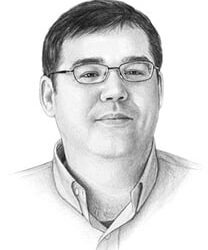
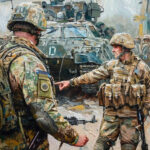

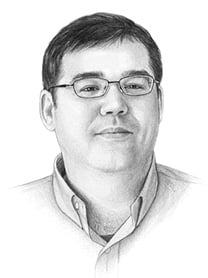

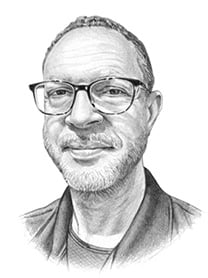
Join the Conversation
Commenting on this and other recent articles is just one benefit of a Foreign Policy subscription.
Already a subscriber?
.
Subscribe
Subscribe
View Comments
Join the Conversation
Join the conversation on this and other recent Foreign Policy articles when you subscribe now.
Subscribe
Subscribe
Not your account?
View Comments
Join the Conversation
Please follow our comment guidelines, stay on topic, and be civil, courteous, and respectful of others’ beliefs.
Change your username |
Log out
Change your username:
CANCEL
Confirm your username to get started.
The default username below has been generated using the first name and last initial on your FP subscriber account. Usernames may be updated at any time and must not contain inappropriate or offensive language.